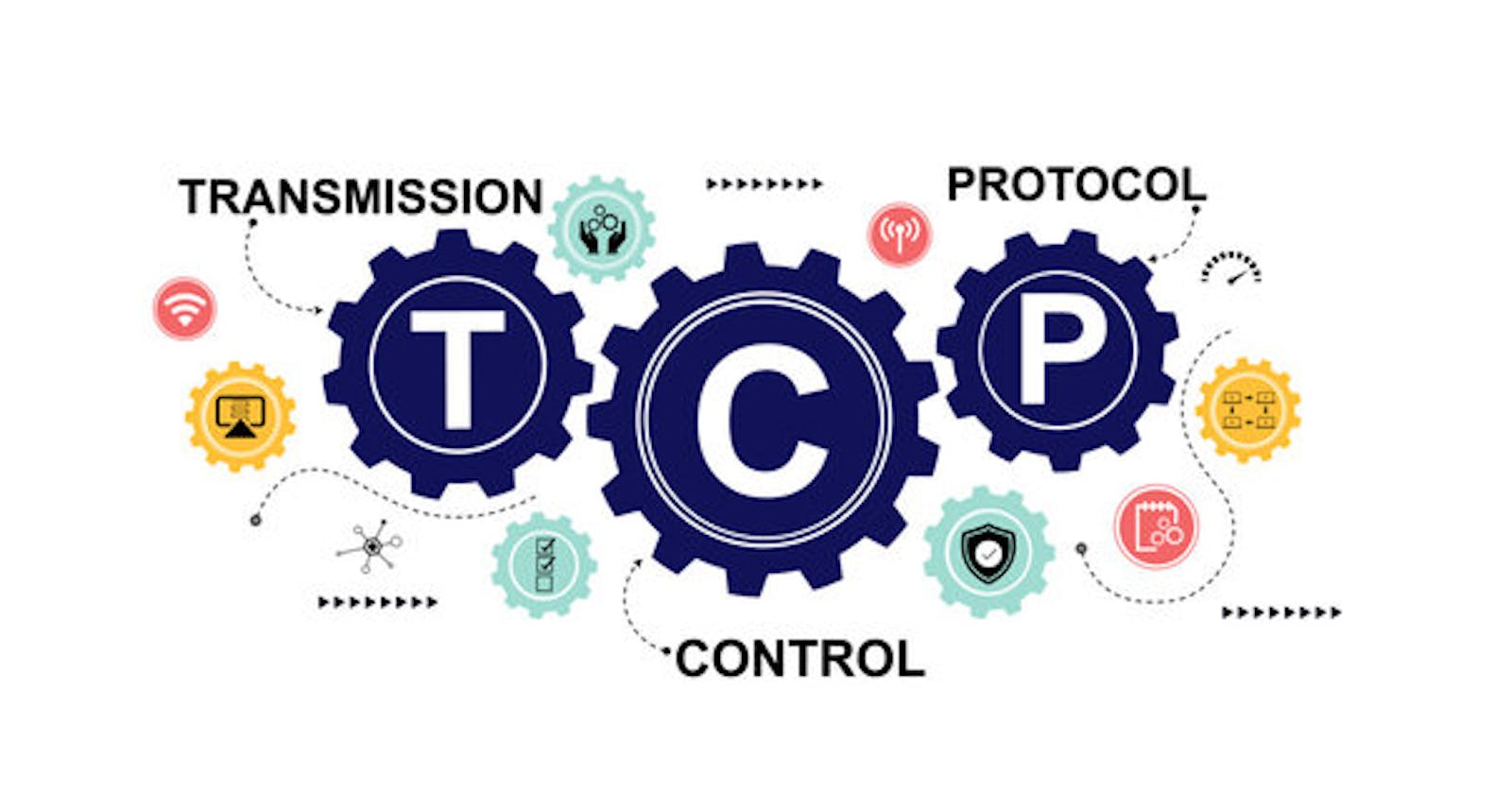Exploring TCP (Transmission Control Protocol)
TCP (Transmission Control Protocol) is a fundamental protocol in computer networking, providing reliable, connection-oriented communication between devices on a network. In this article, we'll delve into TCP, understand its characteristics, and explore its role in facilitating communication over the Internet.
Characteristics of TCP
Connection-Oriented: TCP establishes a connection between the sender and receiver before data transfer begins. This connection setup involves a three-way handshake, where both parties exchange control information to establish communication parameters.
Reliable Data Delivery: TCP ensures reliable delivery of data by using acknowledgment mechanisms and retransmission of lost packets. If a packet is lost or corrupted during transmission, TCP automatically retransmits it until it is successfully received by the receiver.
Flow Control: TCP implements flow control mechanisms to manage the rate of data transmission between sender and receiver. This prevents the sender from overwhelming the receiver with data and ensures efficient utilization of network resources.
Ordered Delivery: TCP guarantees the ordered delivery of data packets to the receiver. This means that packets are delivered in the same order in which they were sent, regardless of the order in which they arrive at the destination.
Applications of TCP
Web Browsing: TCP is used for HTTP (Hypertext Transfer Protocol) communication, allowing web browsers to establish reliable connections with web servers and retrieve web pages and content.
Email: TCP is used for email communication protocols such as SMTP (Simple Mail Transfer Protocol) and IMAP (Internet Message Access Protocol), ensuring reliable delivery of email messages between mail servers and clients.
File Transfer: TCP is commonly used for file transfer protocols such as FTP (File Transfer Protocol) and SFTP (SSH File Transfer Protocol), enabling secure and reliable transfer of files between computers over a network.
Remote Access: TCP is used for remote access protocols such as SSH (Secure Shell) and Telnet, allowing users to securely connect to remote servers and devices for administration and management purposes.
Conclusion
TCP plays a crucial role in enabling reliable, connection-oriented communication between devices on the Internet and other networks. Its characteristics such as reliable data delivery, flow control, and ordered delivery make it well-suited for a wide range of applications, including web browsing, email, file transfer, and remote access. By understanding the fundamentals of TCP and its applications, network engineers and developers can design and implement robust and efficient network protocols and applications.
Are you interested in learning more about networking protocols, communication technologies, or computer networking fundamentals? Share your thoughts in the comments below and subscribe to our blog newsletter for updates on similar topics.
